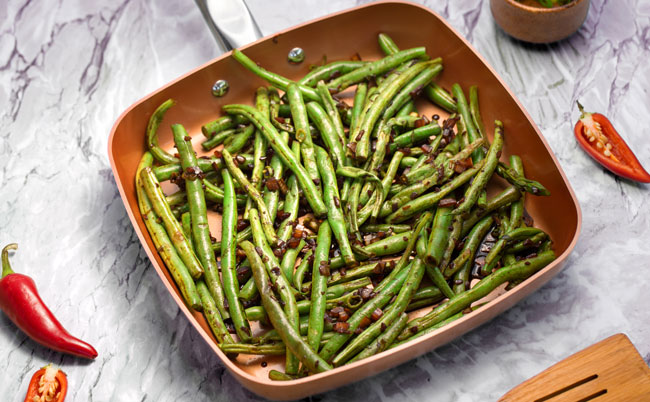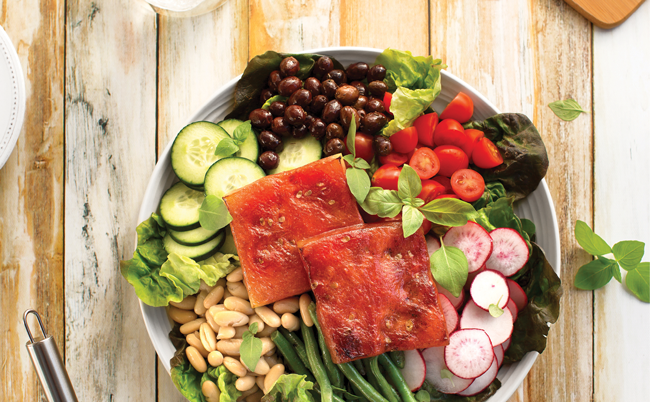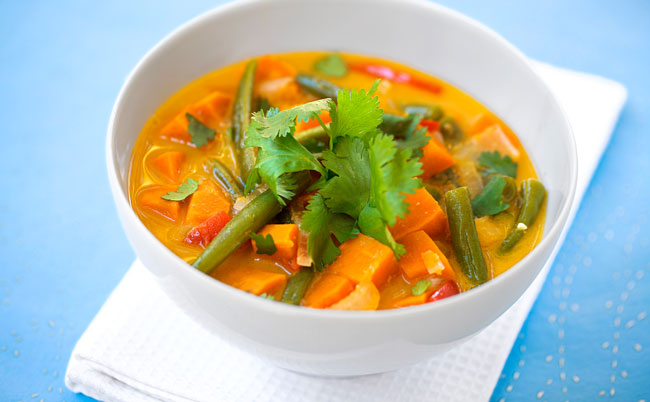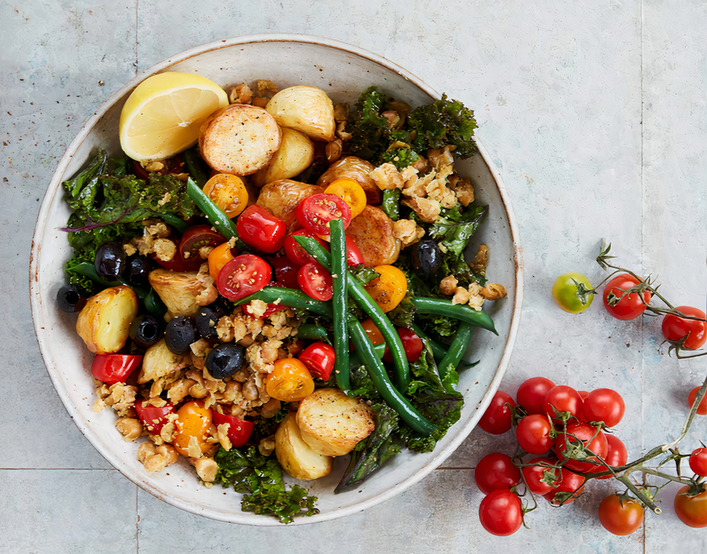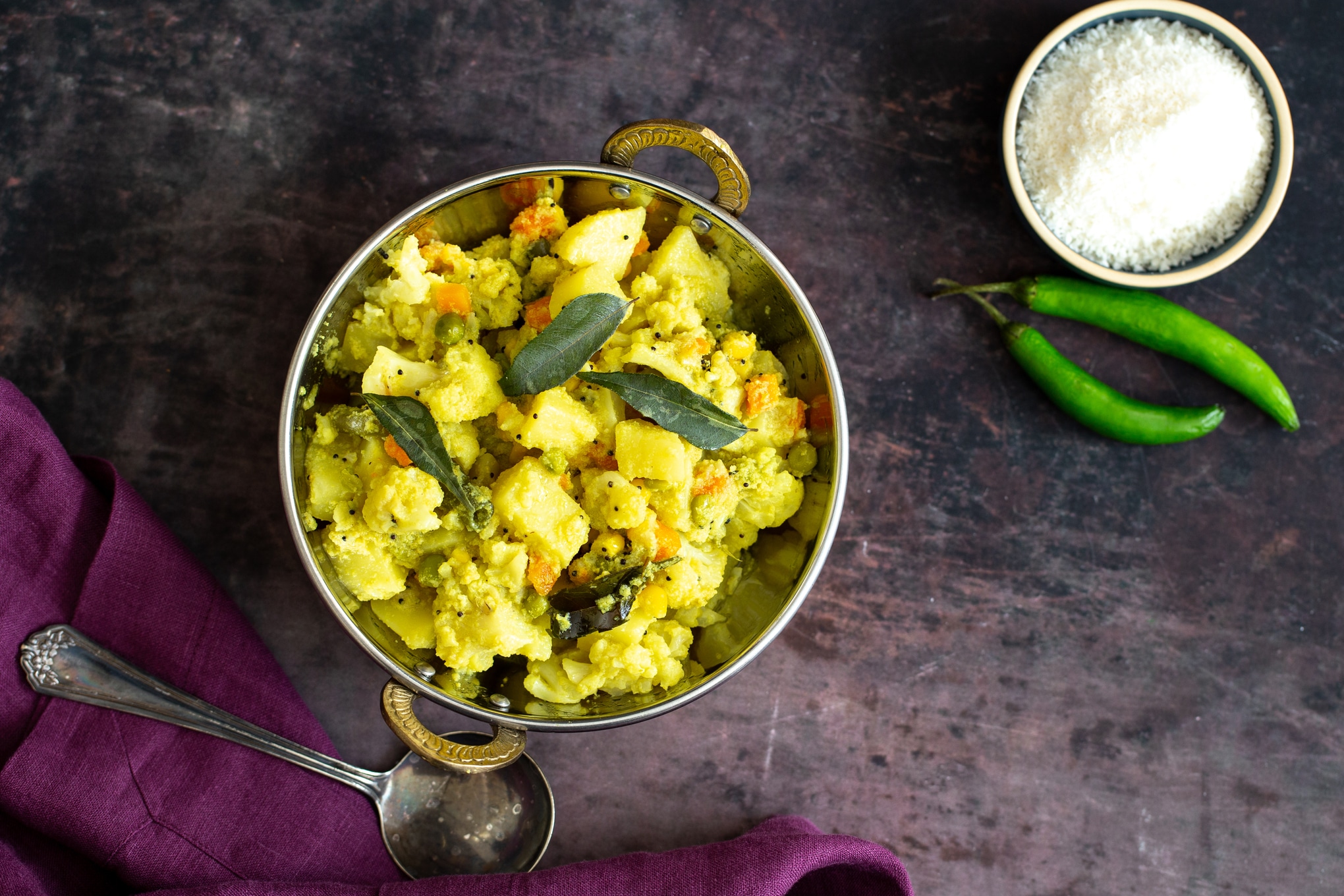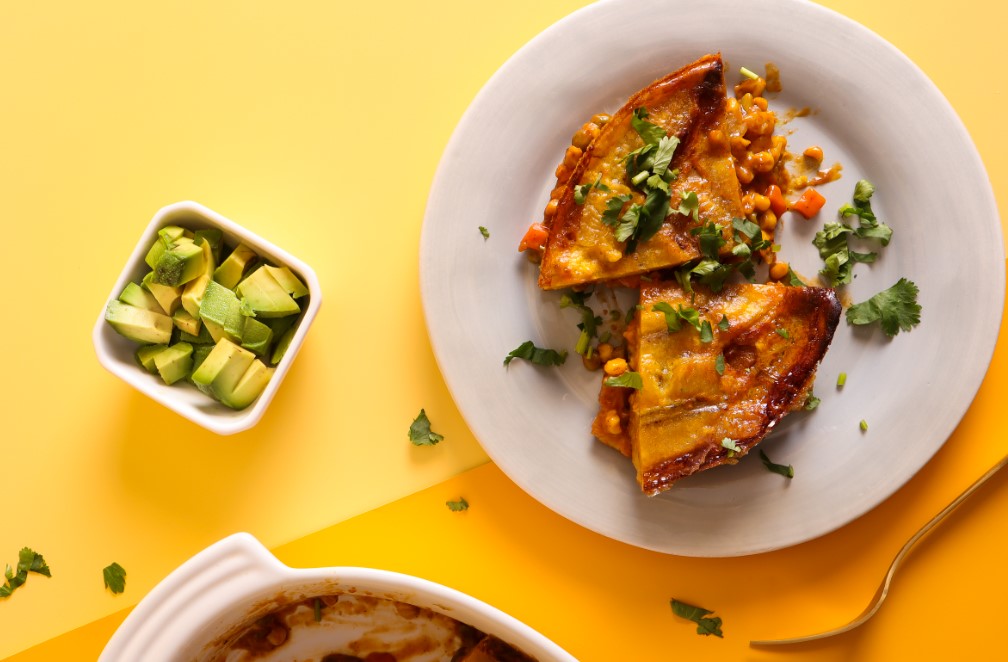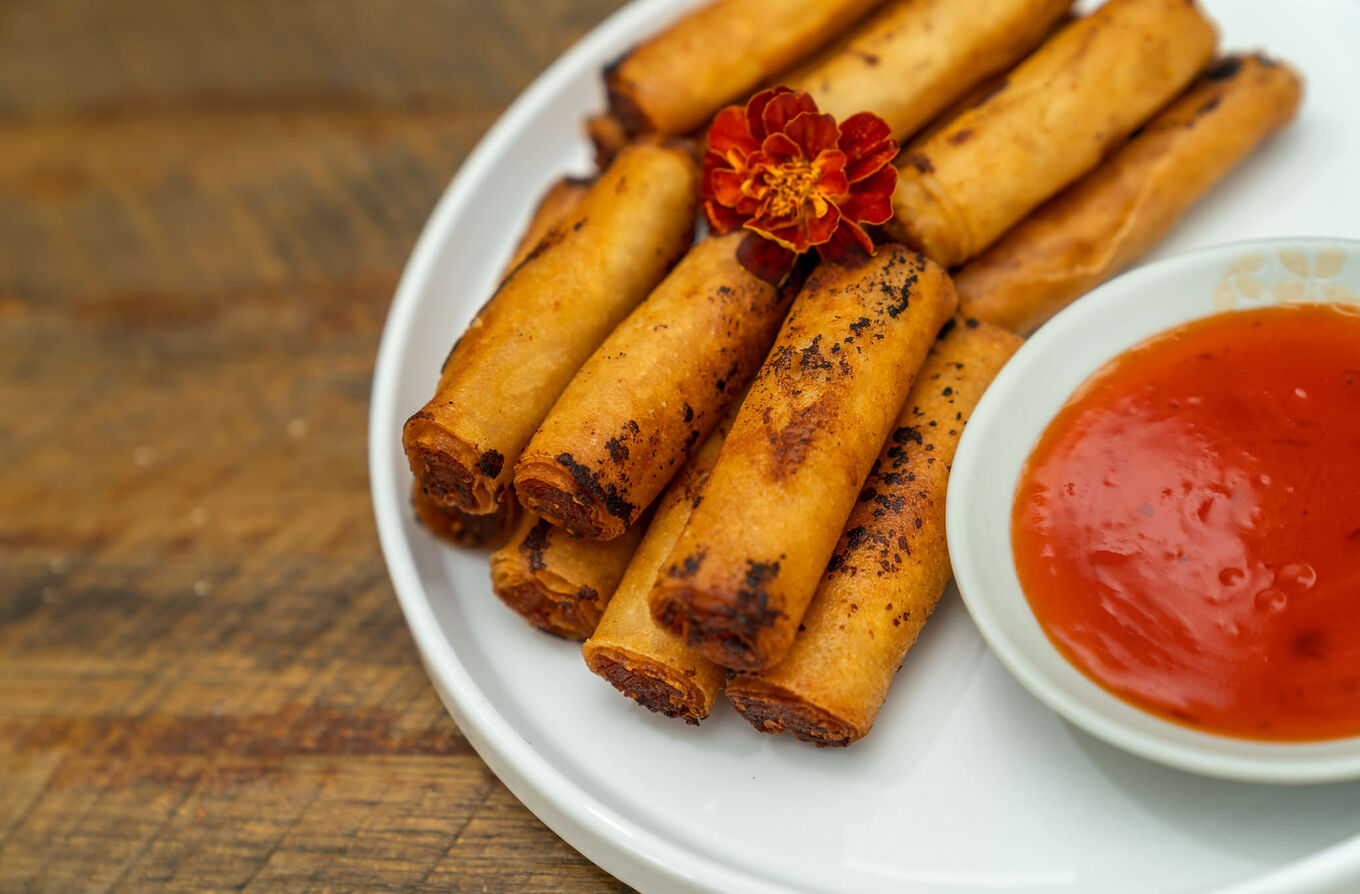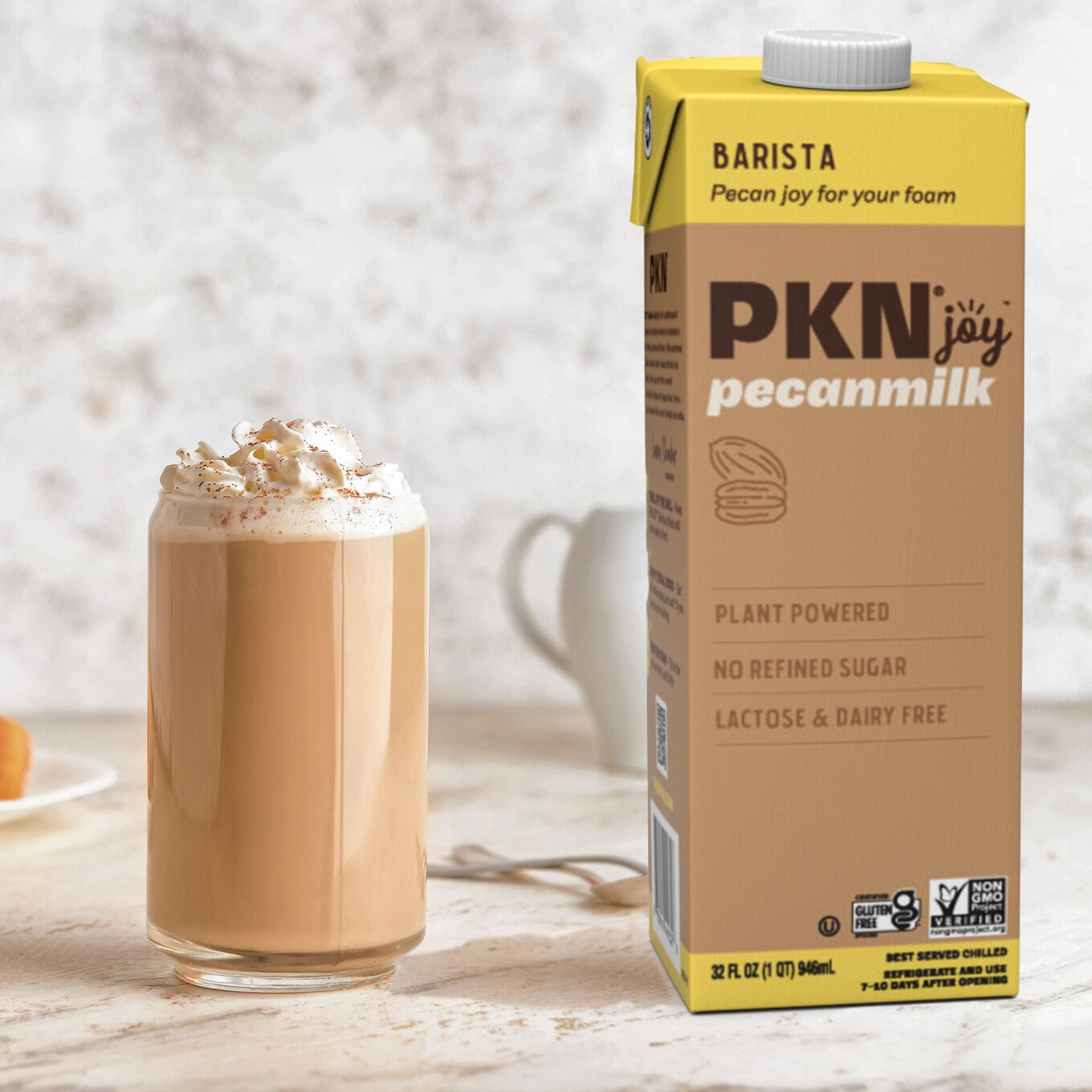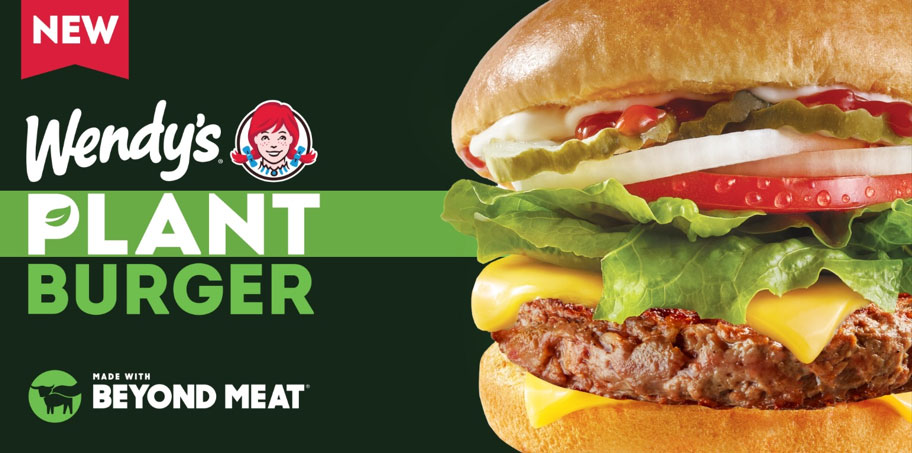When it comes to America’s favorite vegetables, green beans frequently make the top 10. In 2019, one survey by OnePoll noted that around 87 percent of people in the US rated green beans as one of their favorite vegetables. And more recently, in 2023, a Green Giant survey awarded green beans third place in its United States of Veggies survey.
People love green beans for so many reasons; they’re versatile, a little sweet, and have a pleasantly tender texture. Plus, people associate them with comfort and nostalgia, thanks to the classic Thanksgiving green bean casserole. But there’s another important reason to love green beans: they are seriously good for our health.
Table of Contents
What are the health benefits of green beans?
Green beans have many health benefits, but they are particularly good for supporting digestion and gut health. This is because they’re a good source of dietary fiber, a nutrient with a multitude of benefits.
Fiber adds bulk to the stool and helps it pass more easily through the digestive tract, preventing constipation. It also acts as a prebiotic, helping to feed good bacteria in the gut, and it helps to quickly remove toxins from the body. Getting enough fiber can reduce the risk of chronic diseases, like heart disease and certain forms of cancer.
Pexels
“Fiber is important for keeping us regular as most of us know, but it’s also the foundation for a healthy gut,” Nichole Dandrea-Russert, MS, RDN told VegNews earlier this year. “A healthy gut leads to less acute and chronic inflammation, both in the gut and throughout the body.”
As well as fiber, green beans are also a good source of vitamins A, C, and K, as well as important minerals, like manganese. They also contain antioxidants, including flavonoids and carotenoids, which help to protect the body from harmful disease-causing free radical damage.
Fresh vs frozen green beans: which is better?
The truth is, it depends. If you’re the type of person who eats their vegetables quickly after you’ve bought them, then fresh is a good option. They tend to have a better taste and crisper texture, and if consumed shortly after harvest, they can have higher levels of certain nutrients, especially vitamins C and B, which can degrade over time.
That said, green beans do tend to spoil quite quickly. So unless you’re going to gobble them up soon after purchase, frozen is a better choice to reduce waste. And don’t worry, they’re still nutritious. In fact, green beans are usually frozen shortly after they have been harvested, which helps to lock in their nutrients.
“Your cells don’t care how [vegetables] were stored, just as long as you eat them.” —Felicia Stoler, DCN
Ultimately, when it comes to any type of vegetable, the best type to buy is the type you’re going to eat and enjoy. While frozen may keep for longer, if you don’t like the slightly softer texture, it’s worth going for fresh.
“Eating any vegetables is better than eating none. Whatever vegetables people are able and willing to eat, they should,” Felicia Stoler, DCN, told Yahoo! Life.
How to get more green beans into your diet: 7 recipes to try
The best way to ensure you eat your green beans is to make them taste delicious. We’ve got you: find seven of our favorite plant-based recipes with green beans below.
1 Szechwan Ginger String Beans
One of the best ways to liven up your green beans is to add spices. This recipe for Szechwan ginger beans is bursting with flavor, thanks to a mix of fresh ginger, minced scallions, red pepper flakes, tamari, and garlic.
Get the recipe
2 Vegan Seared Watermelon Niçoise Salad
Niçoise Salads (which originate from Nice, France) are often made with ingredients like green beans, tomatoes, olives, and tuna. This version replaces the fish with juicy seedless watermelon with delicious results.
Get the recipe
3 Vegan Thai-Spiced Sweet Potato Stew
Bookmark this recipe for cooler, rainier days when a hearty stew is just the comfort you need. This Thai-inspired broth is loaded with delicious flavor, thanks to lemongrass and peanut butter, and nourishing ingredients, including frozen green beans and sweet potatoes.
Get the recipe
4 Easy Vegan French Niçoise Salad
Not a watermelon fan? Another way to make a delicious vegan Niçoise salad involves smashed chickpeas. They’re super tasty when served alongside ingredients like kalamata olives, green beans, cherry tomatoes, and red potatoes.
Get the recipe
5 Vegan South Indian Instant Pot Vegetable Coconut Curry
A blend of fresh coconut, green chili, and cumin seeds helps to make this curry a fragrant, flavor-laden dish, perfect for midweek dinners. You can choose to add whatever vegetables you prefer to the sauce, but we think green beans would make a super tasty choice.
Get the recipe
6 Vegan Pastelón Puerto Rican Sweet Plantain Lasagna
Traditional Italian lasagna is delicious, of course. But if you want to switch things up, swap in sweet plantain for an ultra-tasty Puerto Rican version of the dish. It’s made with a mix of nourishing frozen vegetables, including corn, green beans, peas, and carrots.
Get the recipe
7 Vegan Carrot-Jicama Lumpia With Garlic Soy Dipping Sauce
Host the perfect fakeaway night, starting with these crispy, delicious spring rolls, which are a tasty mix of salty, sweet, and sour. They’re loaded with tender vegetables, including shredded green cabbage, bean sprouts, julienned carrots, and julienned green beans.
Get the recipe

